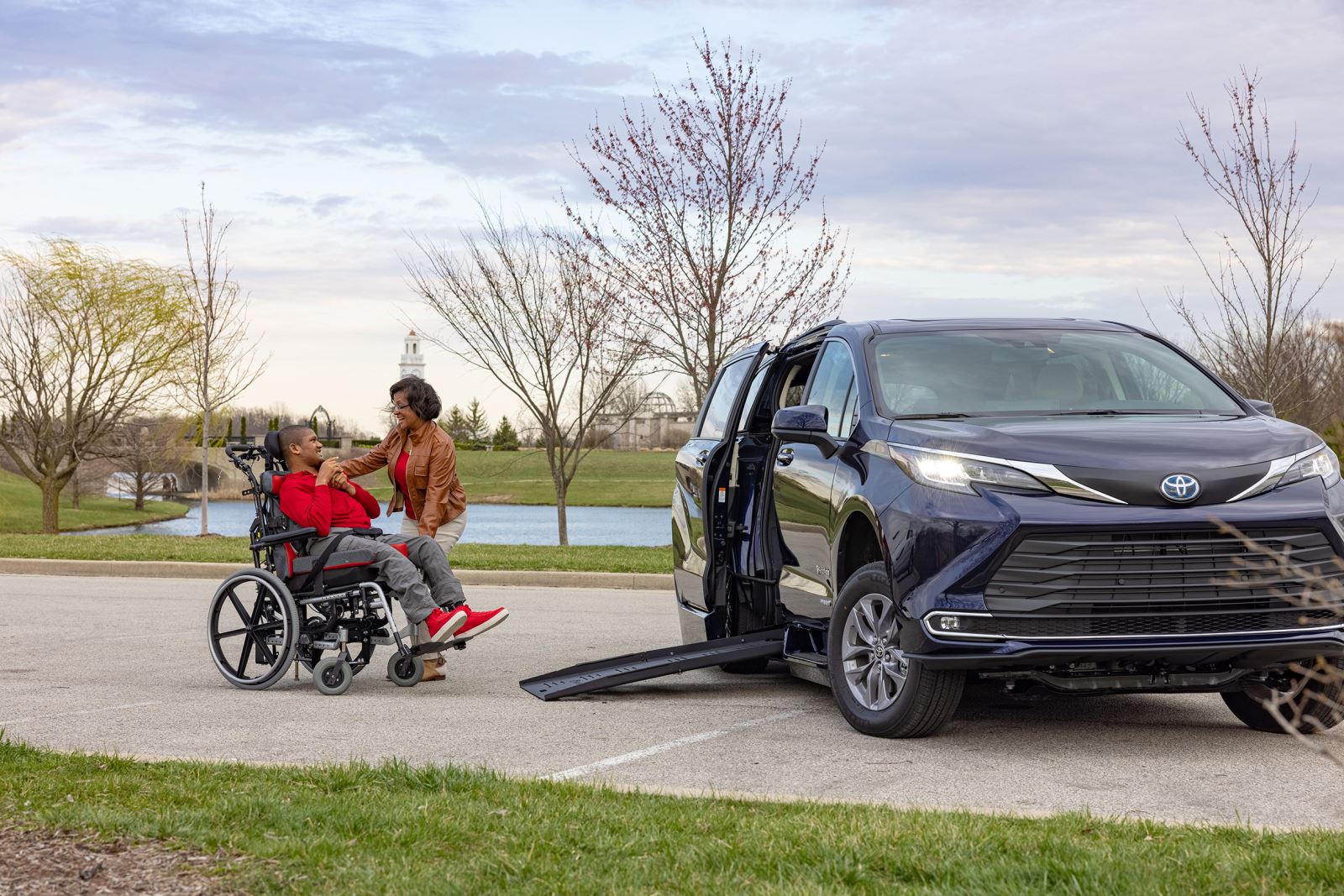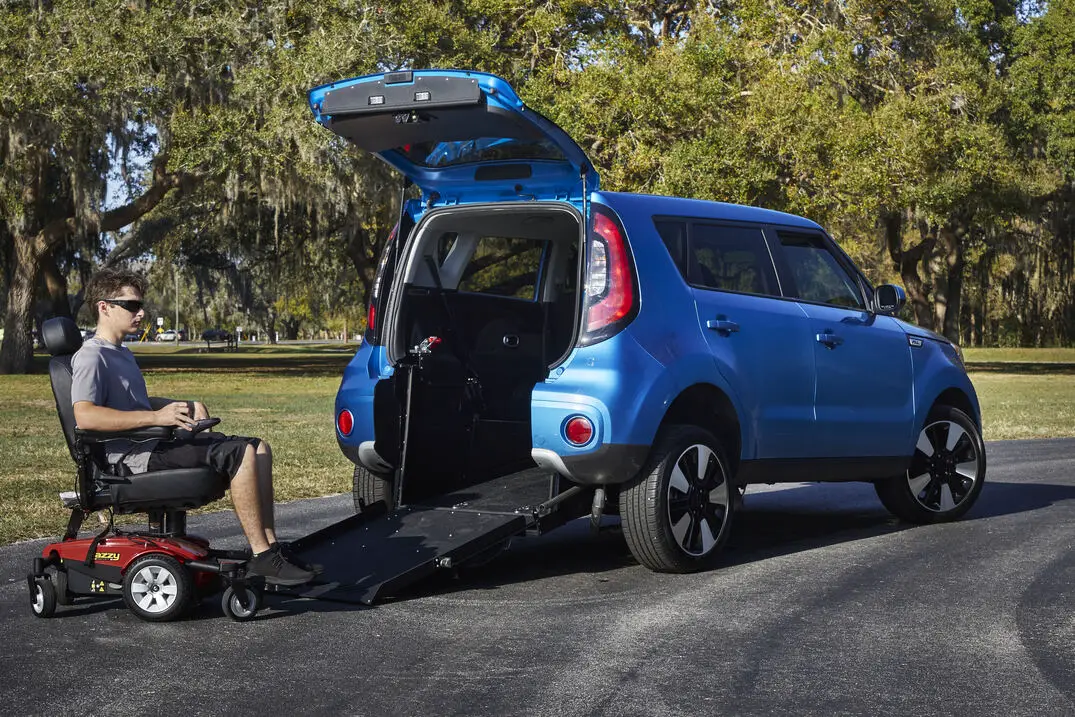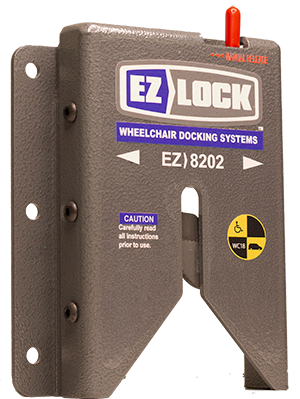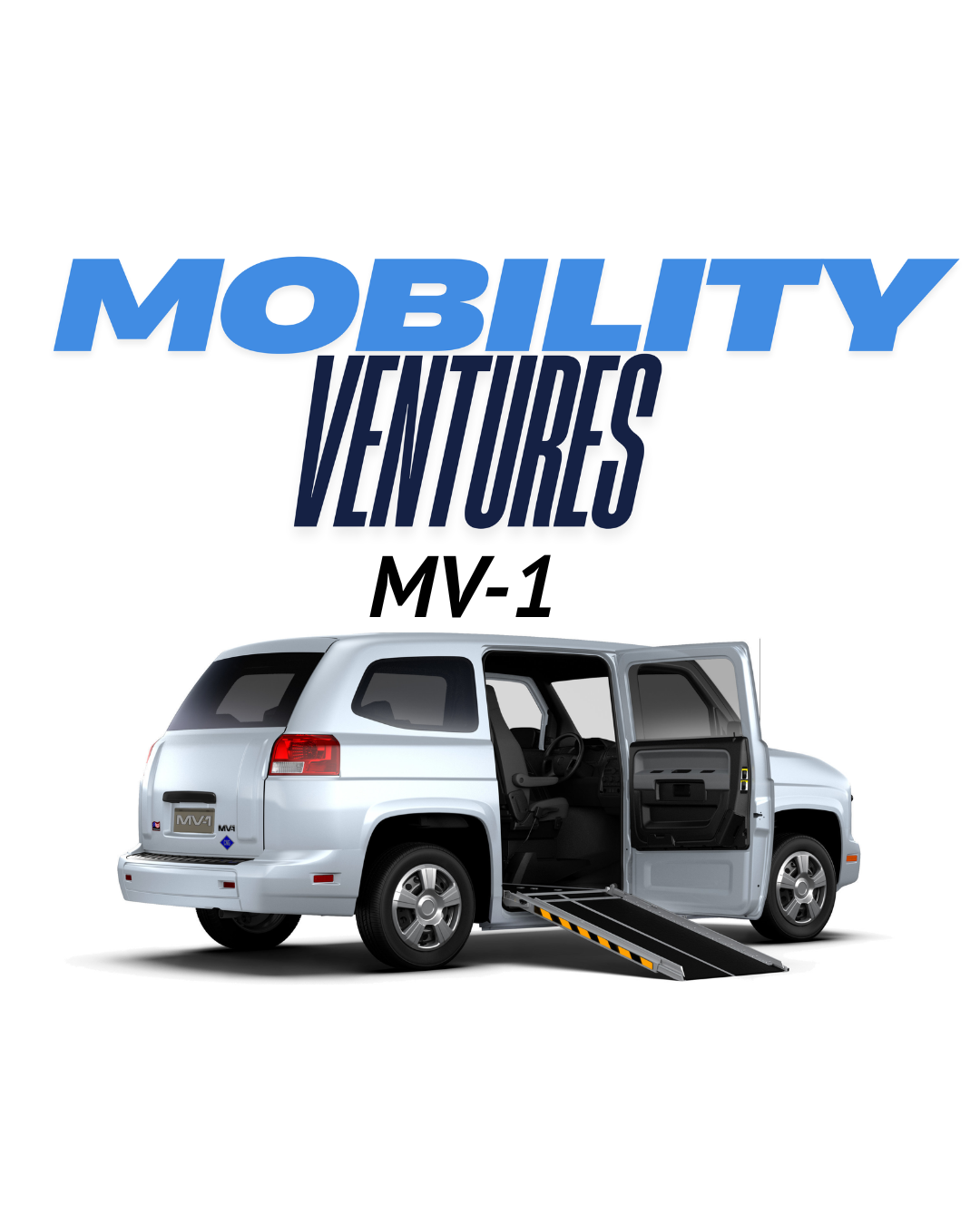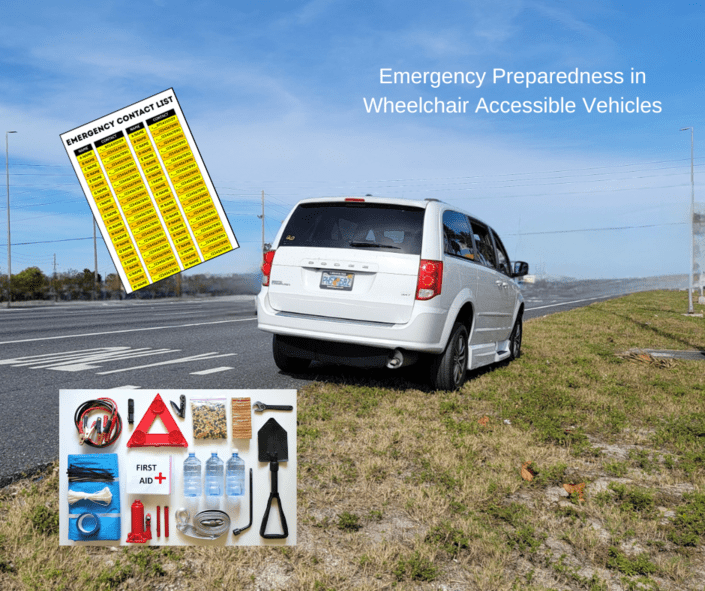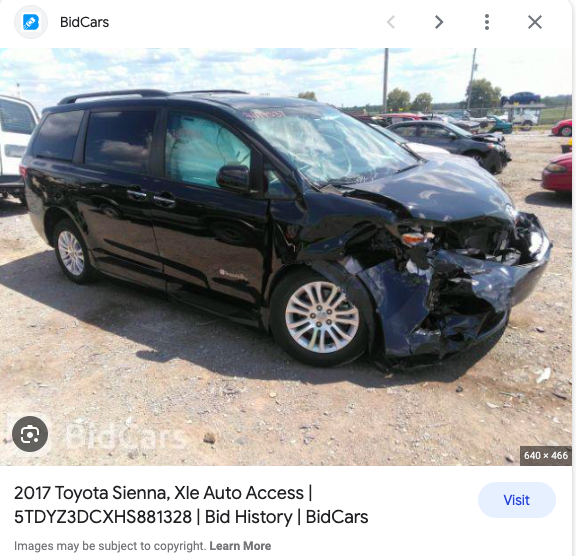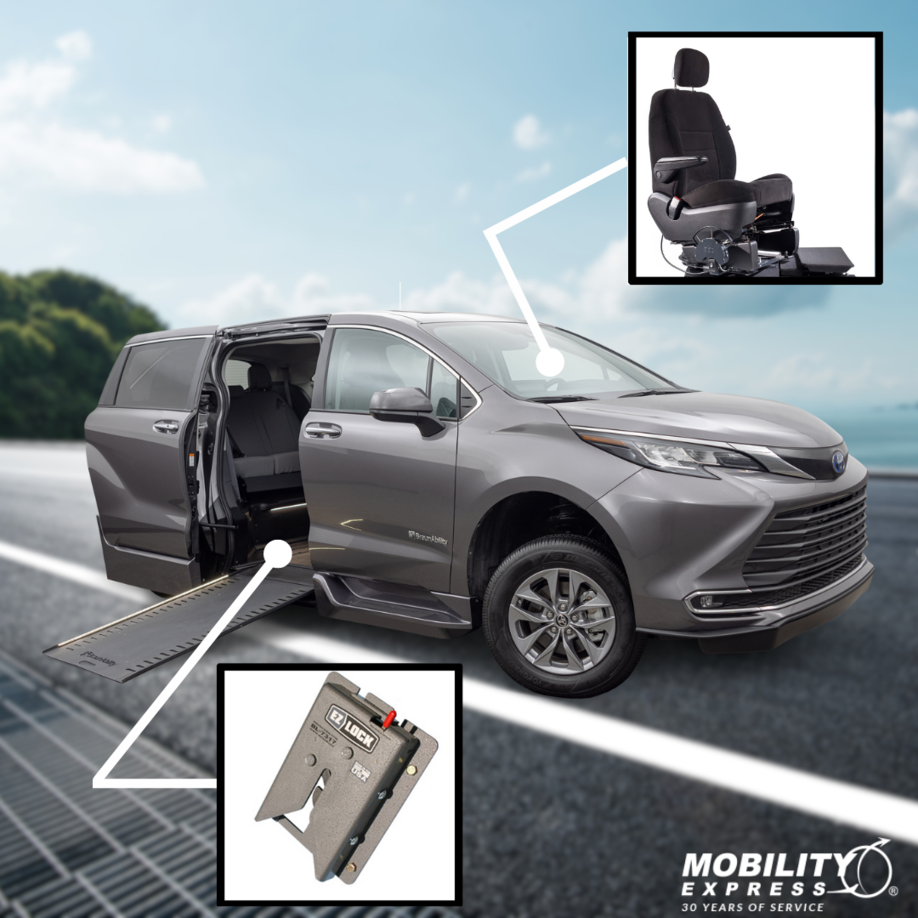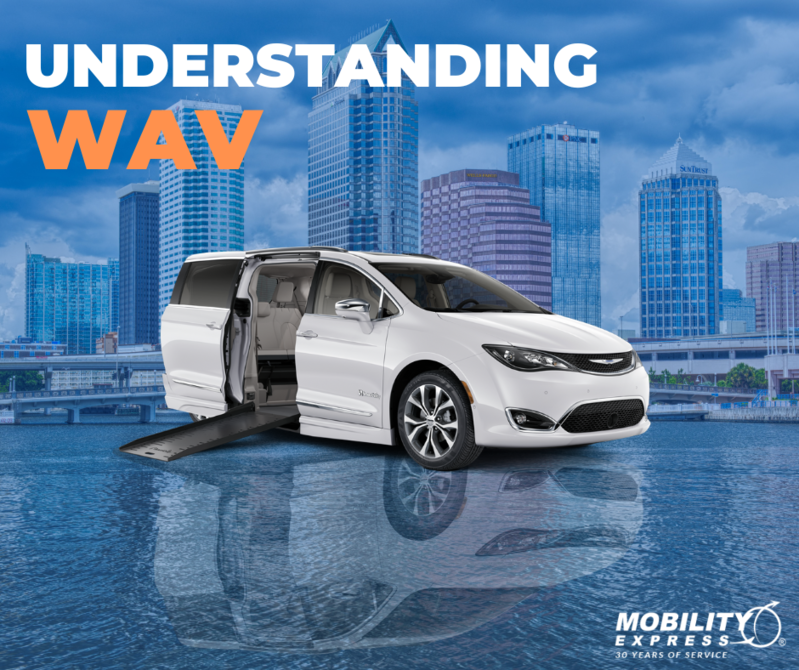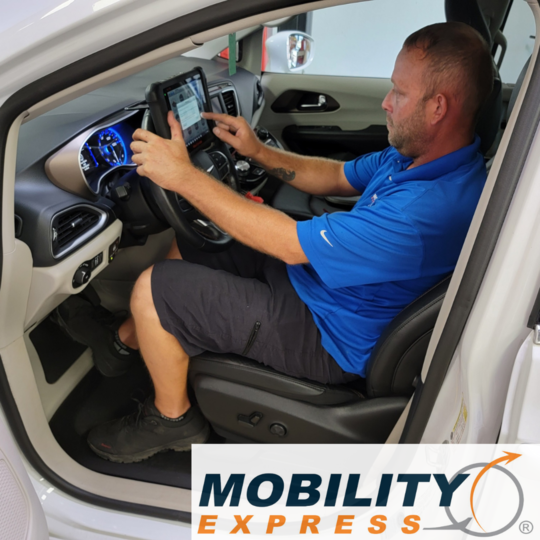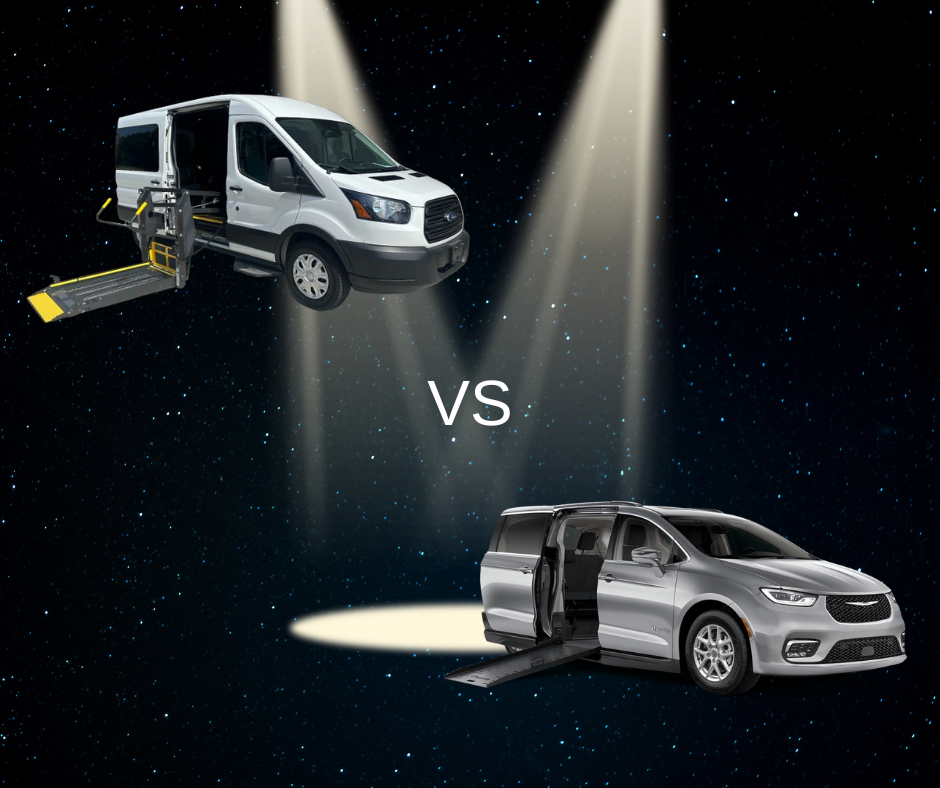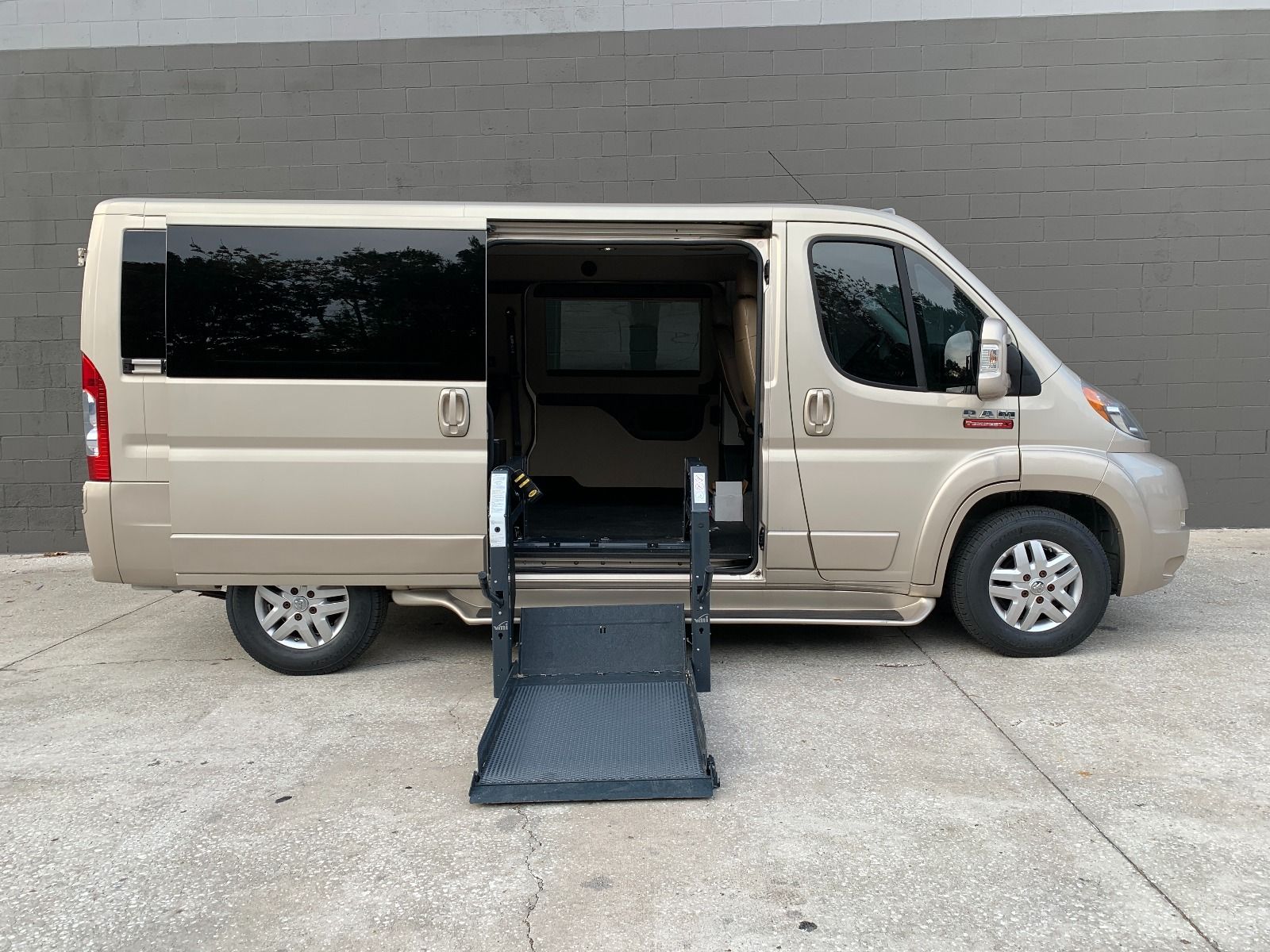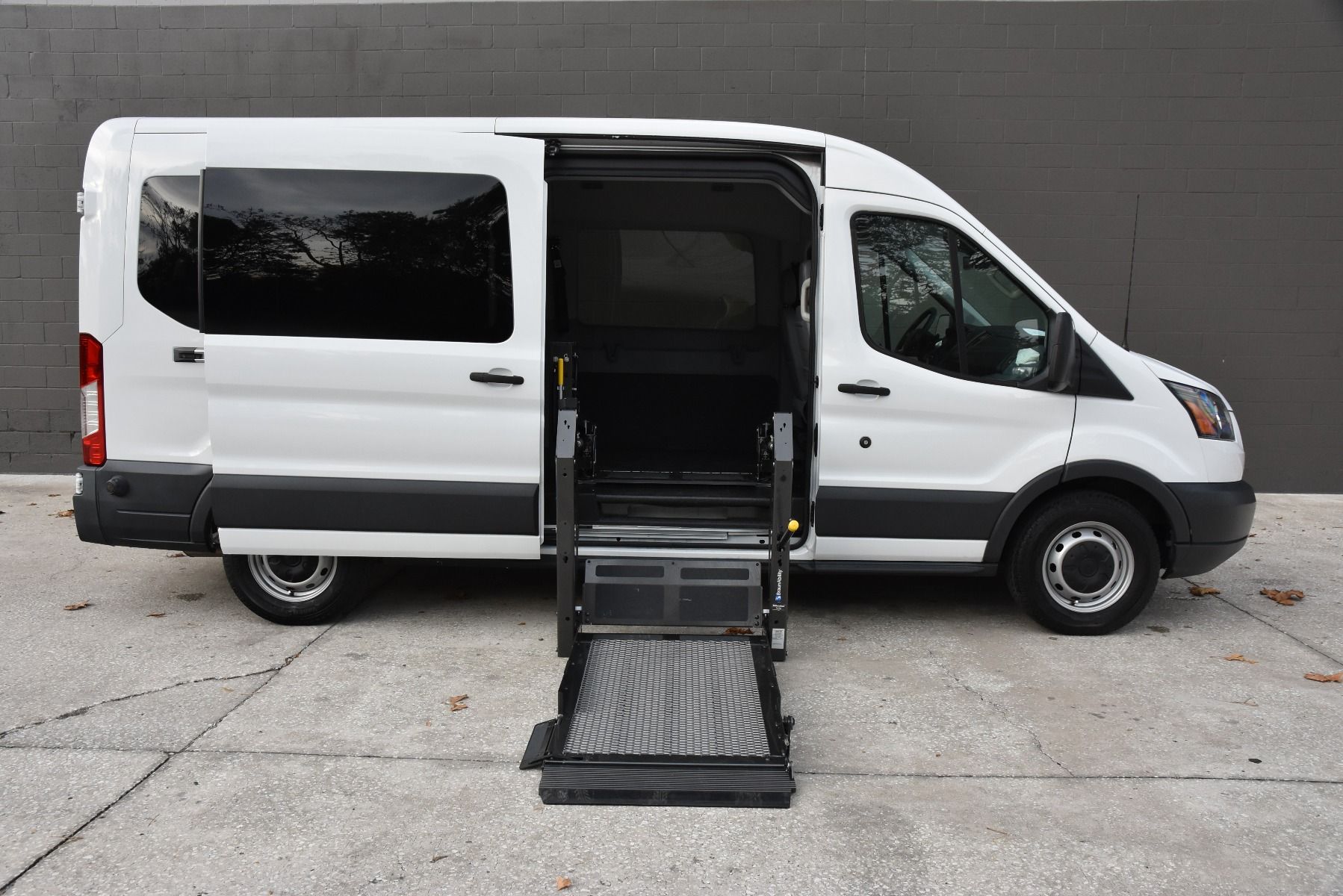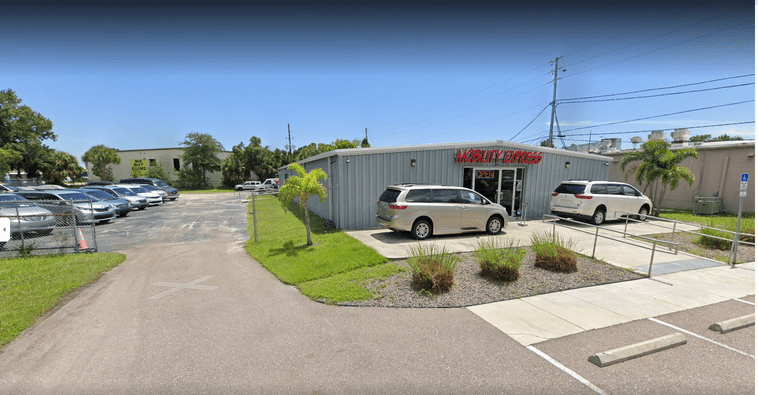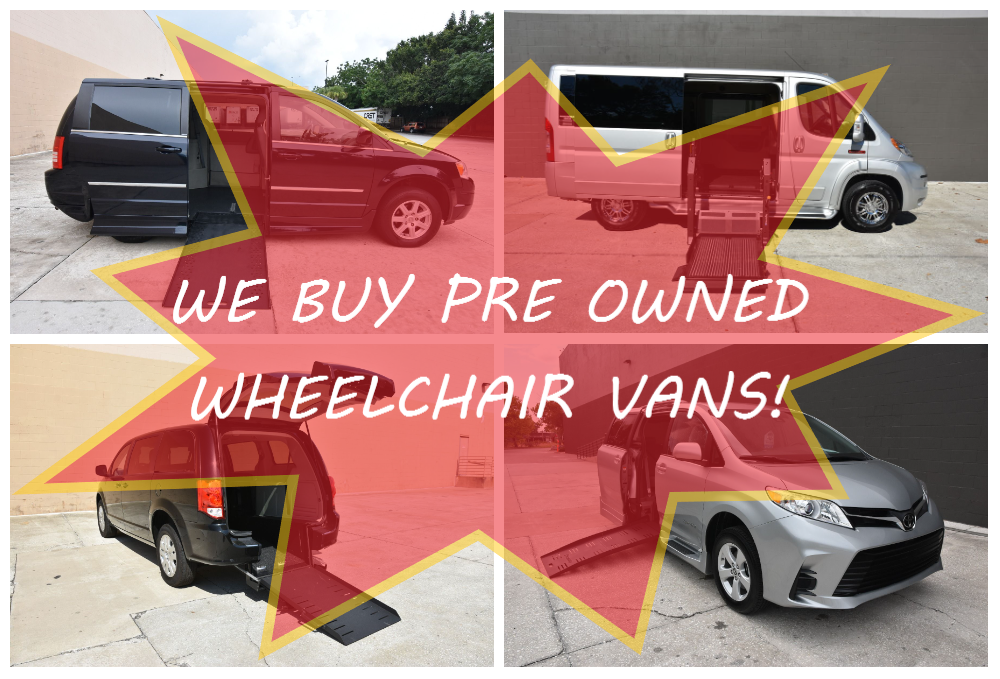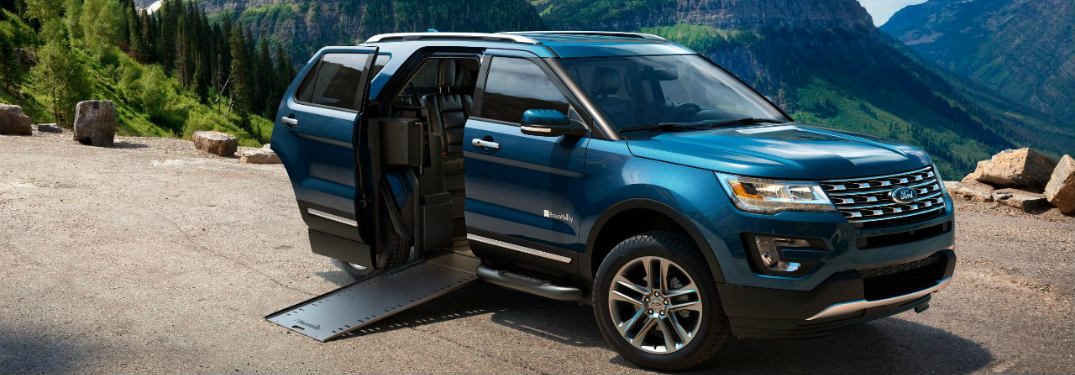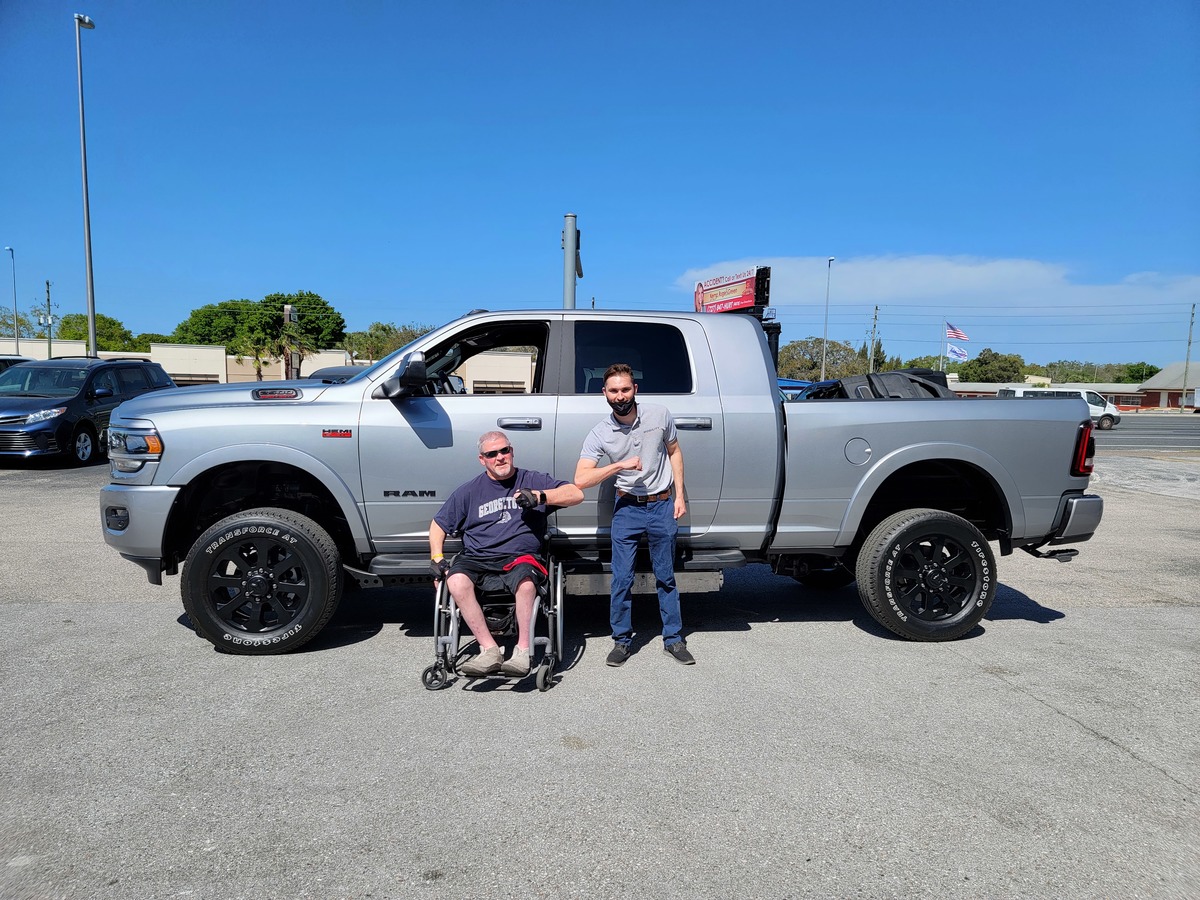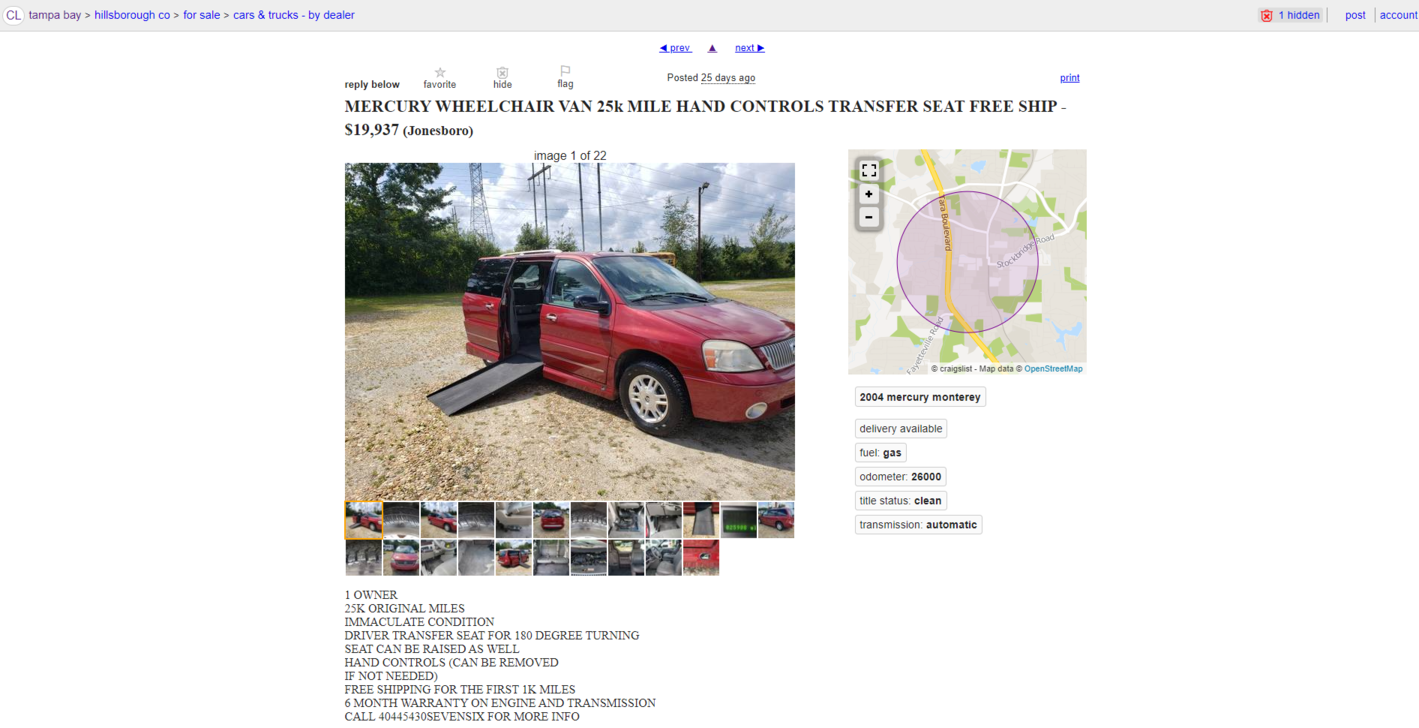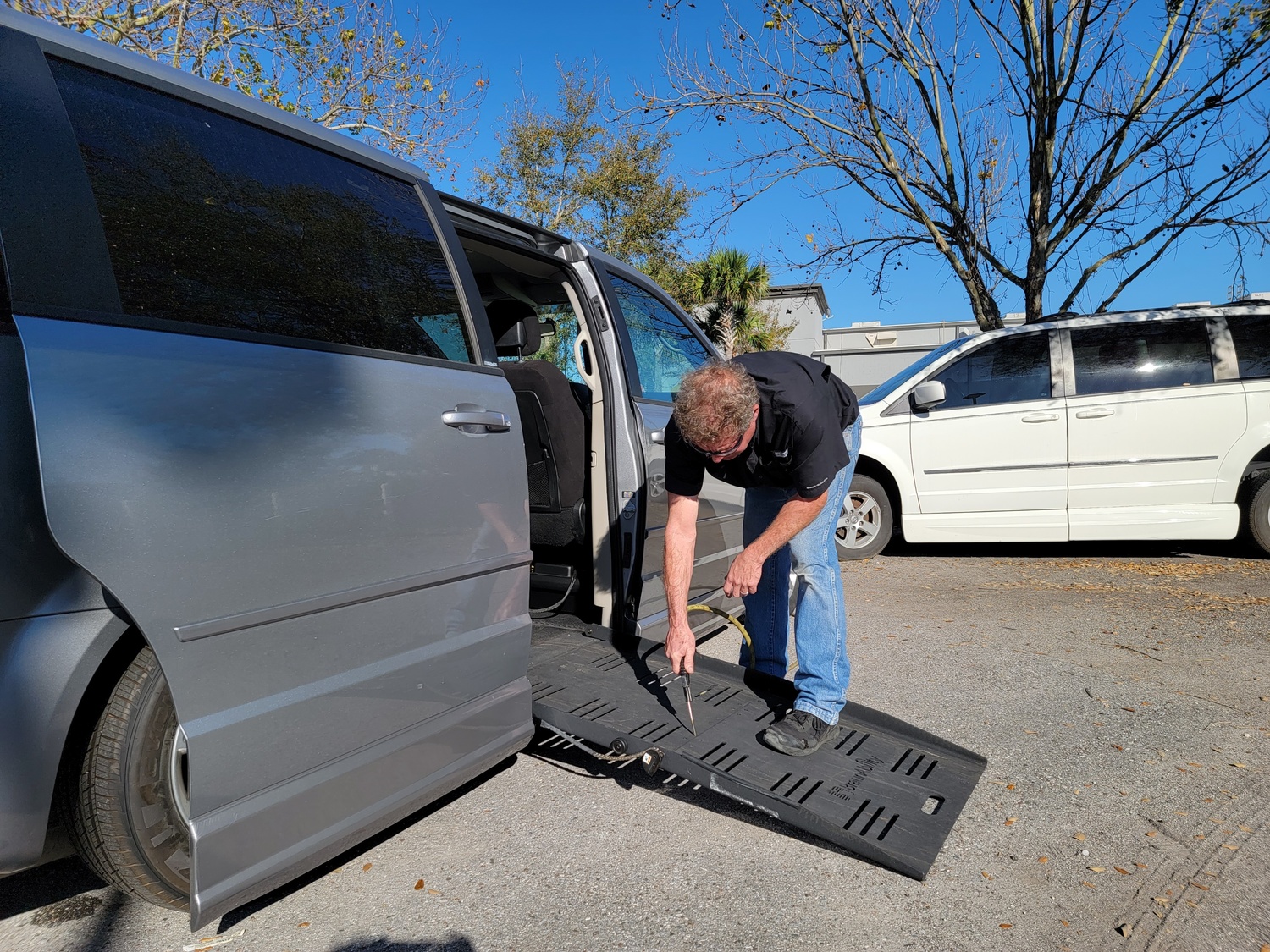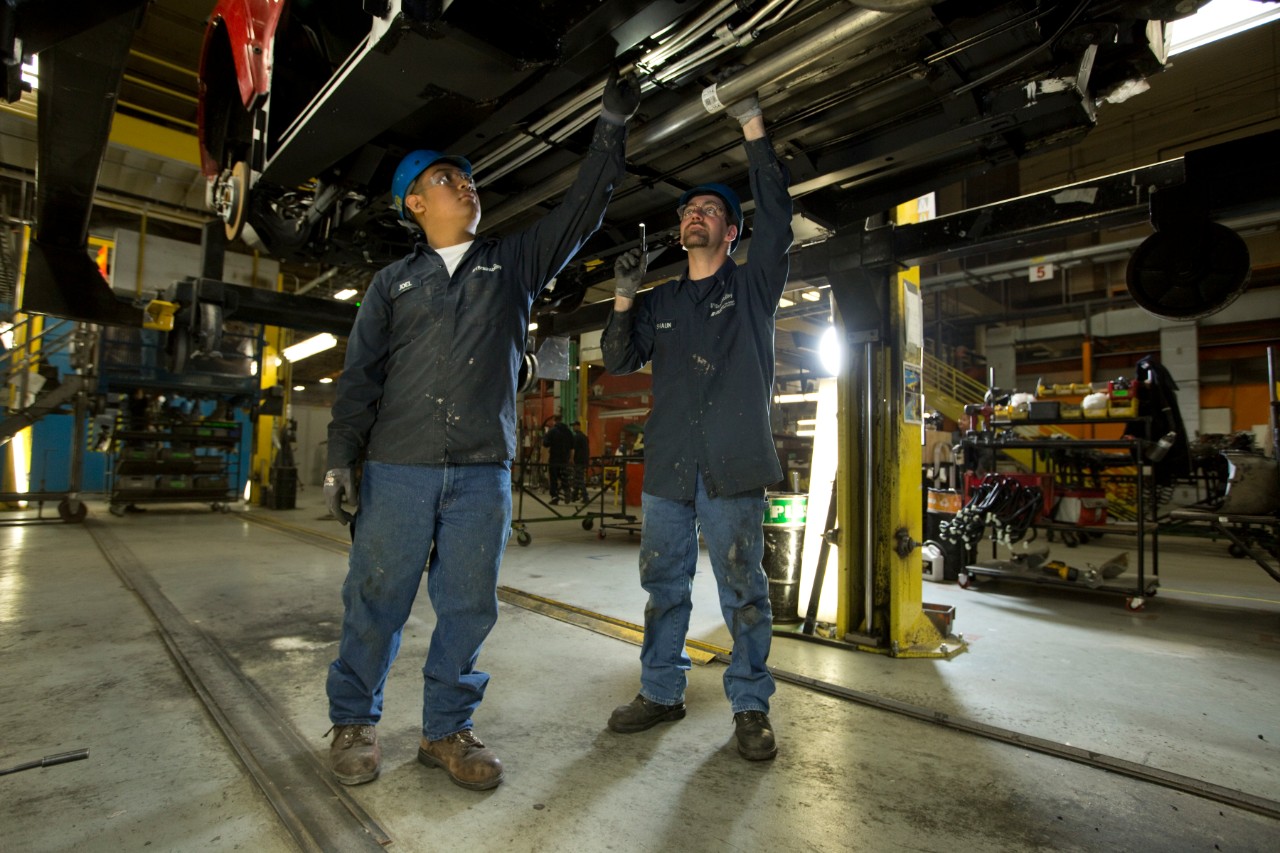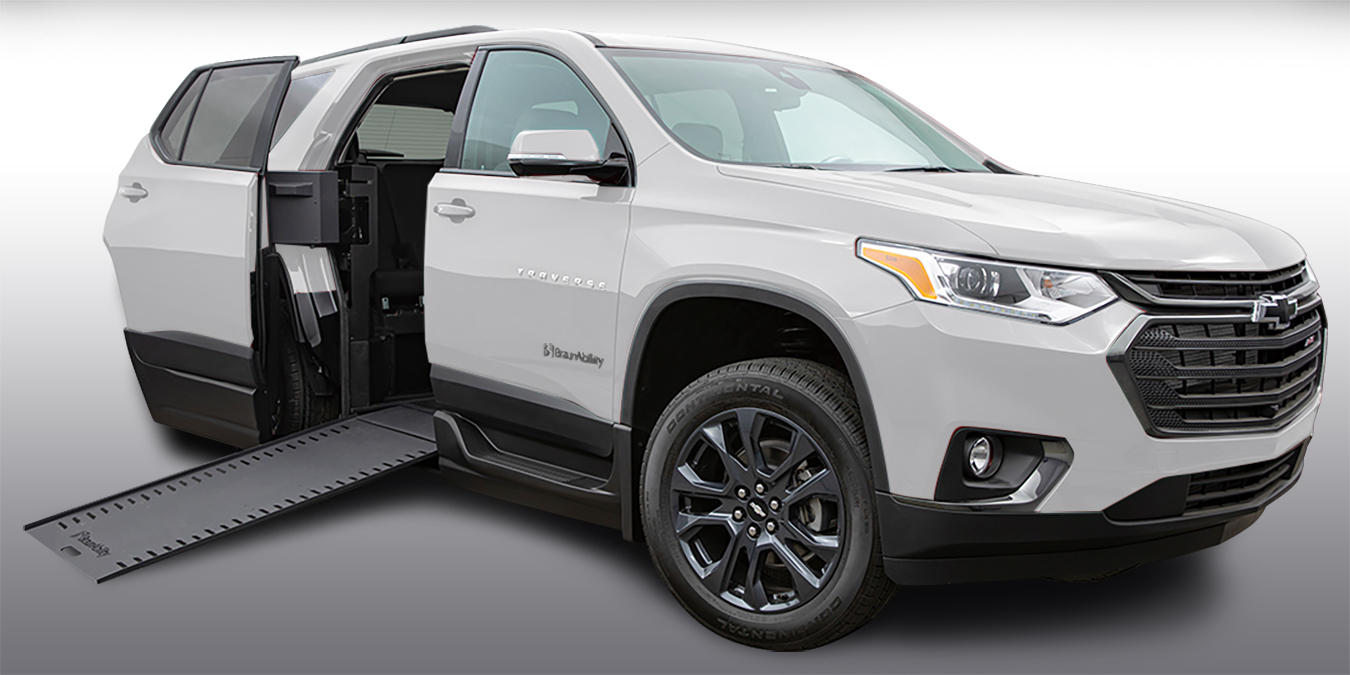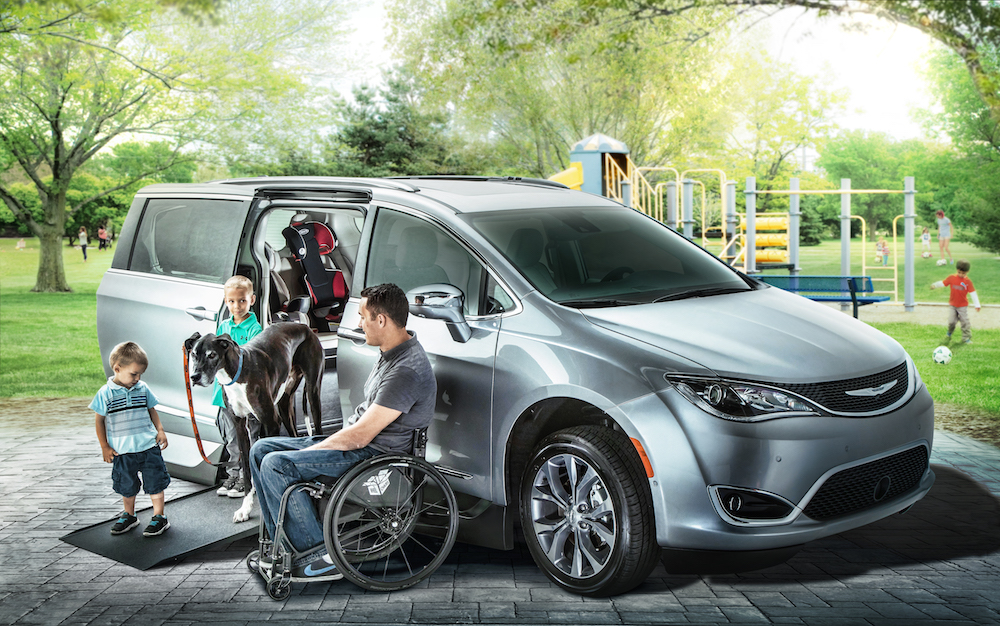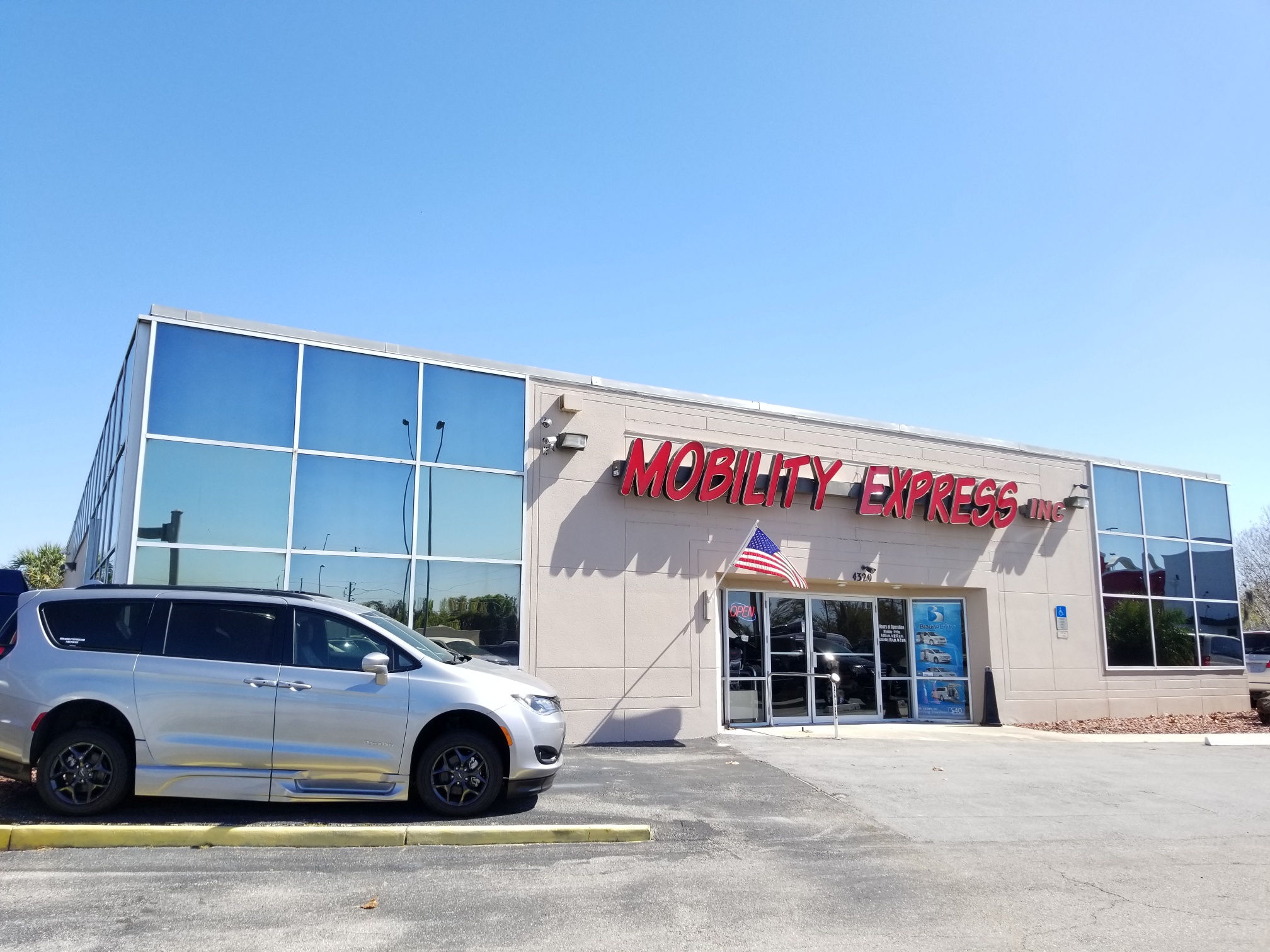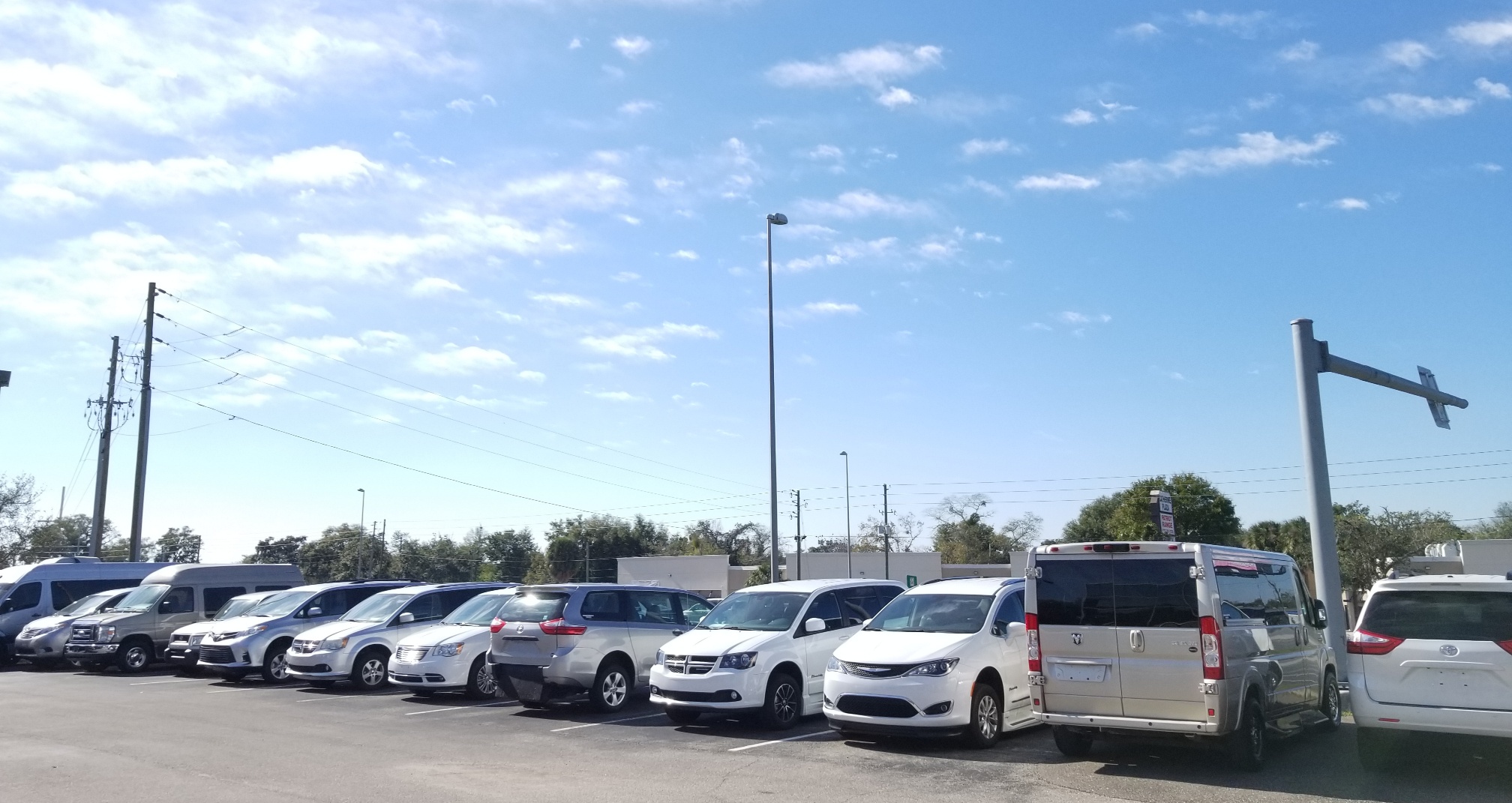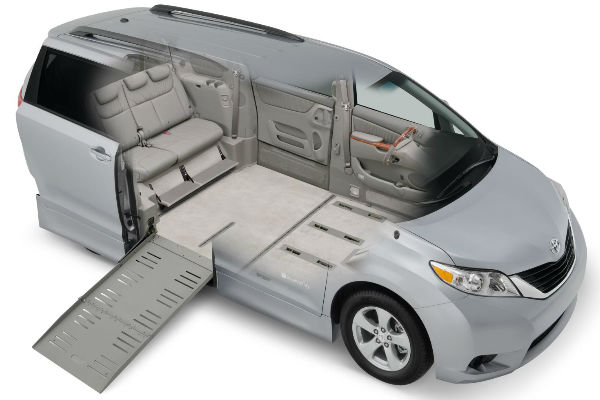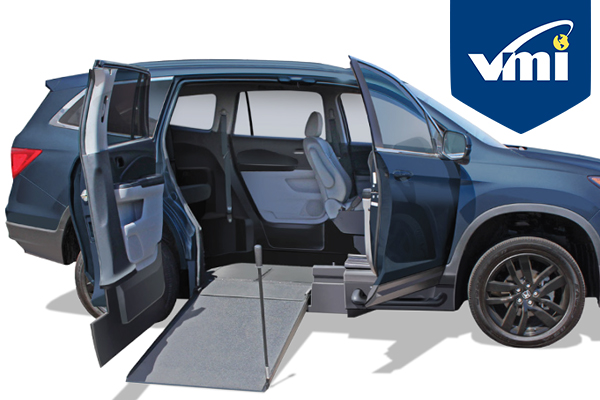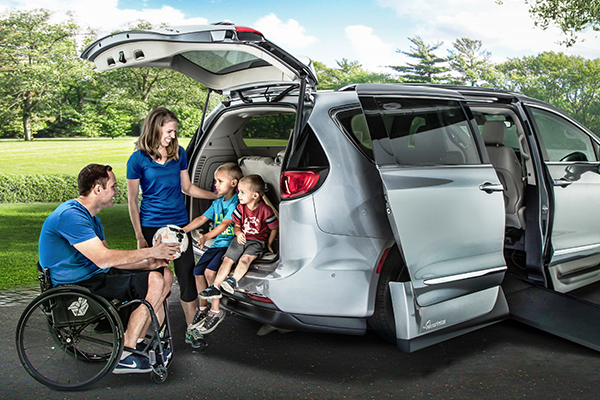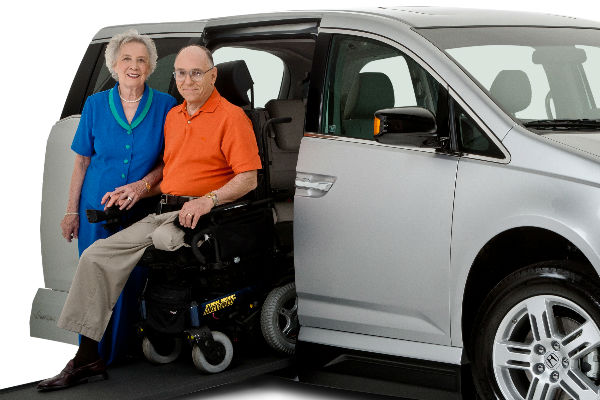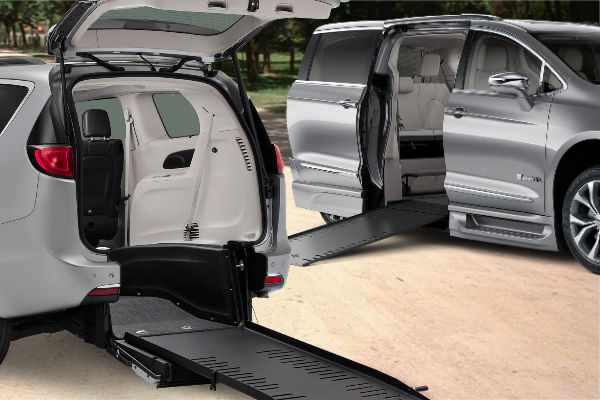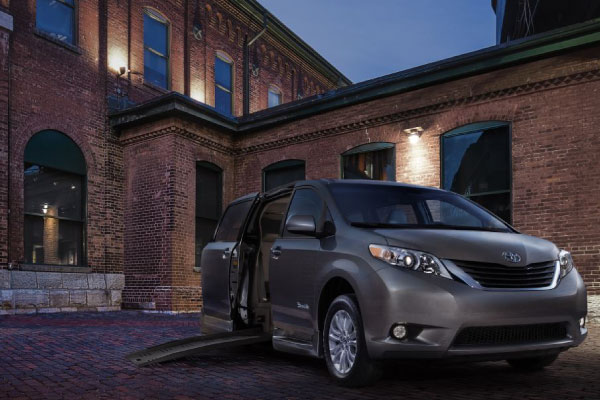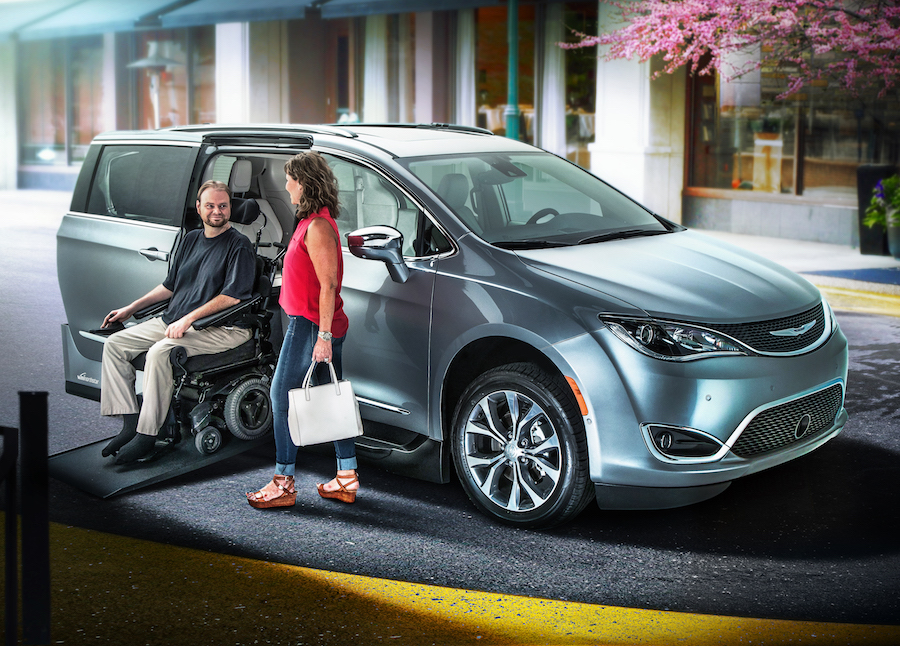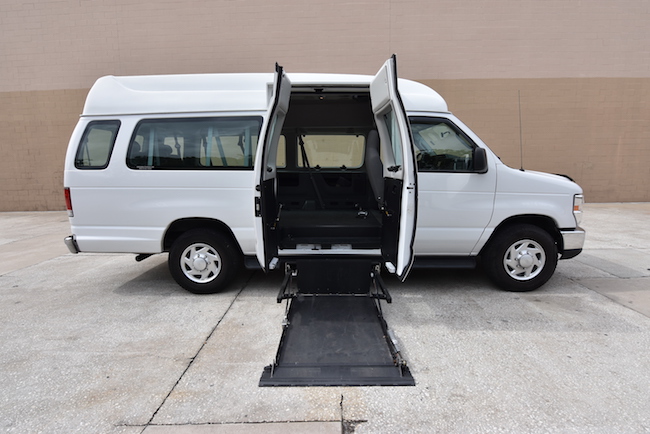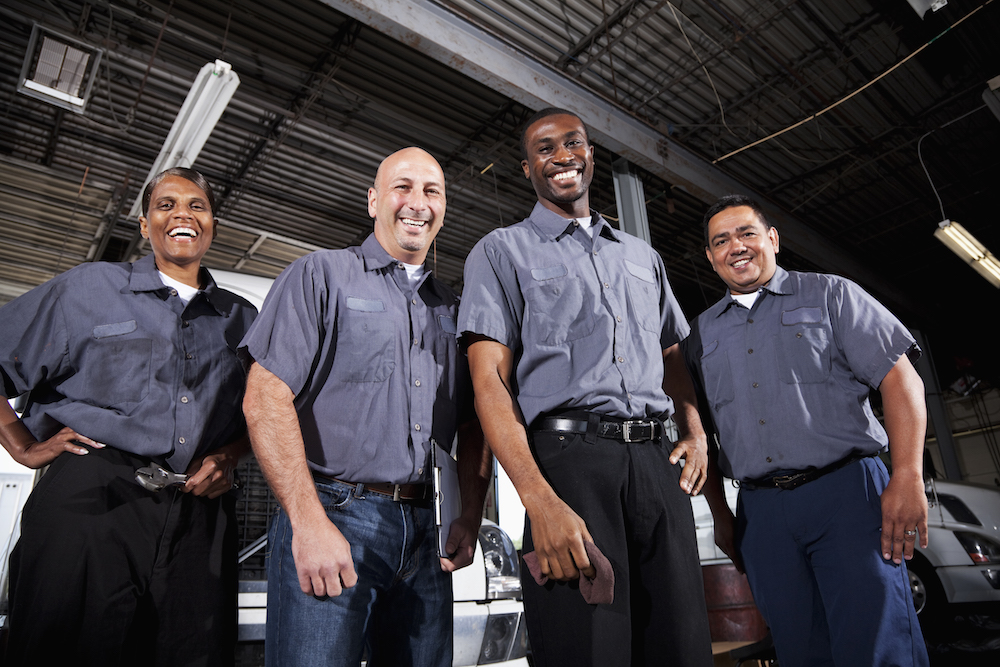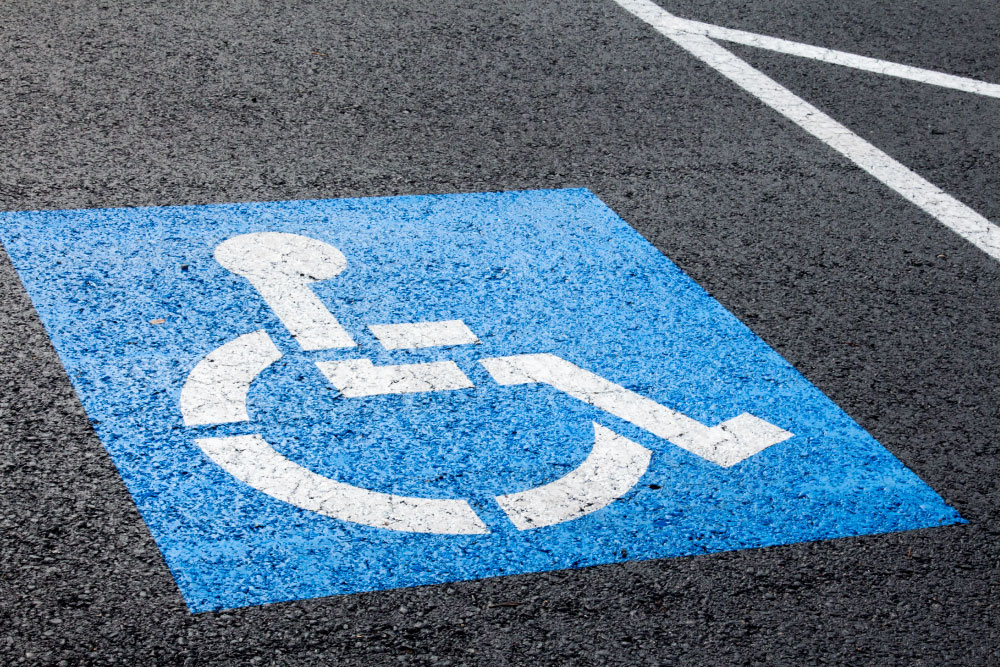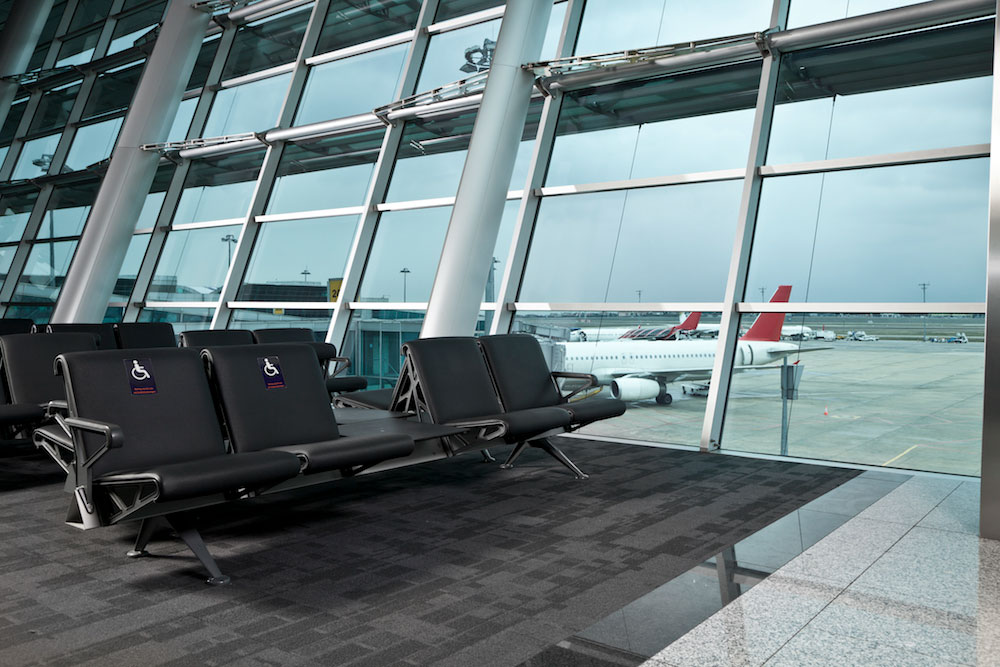The Wheelchair Van Revolution: Exploring Cutting Edge Technological Innovations
The wheelchair van industry is being revolutionized, with technological advancements driving incredible changes in accessible vehicle design. These innovations reshape the landscape of mobility for individuals with physical challenges, providing not only convenience but a newfound sense of empowerment. In this exploration of the latest technological innovations in wheelchair van design, we'll delve into the intricacies of these developments, showcasing how they are enhancing the lives of countless individuals.
- Automated Ramps and Lifts: Redefining Accessibility
The integration of automated ramps and lifts into wheelchair van design was a game-changer. Gone are the days of struggling with manual ramps or relying on assistance to enter or exit the vehicle. These systems are engineered for seamless operation, requiring just the push of a button to deploy and stow the ramp or lift. Not only do these innovations grant users a heightened level of independence, but they also significantly reduce the risk of accidents during transfers.
- High-Tech Controls and Interfaces: User-Centric Design
Modern wheelchair vans are equipped with sophisticated control interfaces that grant users unprecedented control. Touchscreen panels, voice-activated commands, and even smartphone app integration provide a user-centric experience. These interfaces enable users to operate doors, ramps, and even drive the vehicle more intuitively, putting control directly in the hands of the individuals who rely on them.
- Wheelchair Securement Systems: Safety at Its Core
Safety is a paramount concern in accessible vehicle design. Recent innovations in wheelchair securement systems place a strong emphasis on user safety and ease of use. Advanced tie-down and restraint systems are designed to be more intuitive, secure, and efficient, ensuring that the wheelchair is firmly in place during transit. These innovations reduce the time it takes to secure the wheelchair while maintaining the highest safety standards.
- Adjustable Seating and Cabin Layouts: Customized Comfort
The versatility of interior layouts in modern wheelchair vans is staggering. Users can now easily adjust seating positions or remove seats altogether, tailoring the cabin to accommodate various mobility needs. This customization offers passengers greater comfort and flexibility and provides ample space for maneuvering wheelchairs and other mobility aids.
- Smart Vehicle Connectivity: A Seamless Experience
The era of smart technology has arrived in the wheelchair van industry. Vans are now equipped with connectivity features that allow users to control and monitor their vehicles remotely via smartphone apps. This level of connectivity enables users to check the status of the vehicle's battery, track its location, and even control various functions, ensuring they are in the driver's seat, figuratively speaking.
- Improved Accessibility Features: Effortless Entry and Exit
The industry's commitment to improving accessibility is evident in features like kneeling systems. These systems lower the rear of the van, reducing the incline of the ramp for easier entry and exit. Sliding door mechanisms have also been refined, providing a quieter and more discreet operation that enhances the overall user experience.
- Enhanced Safety Features: Driving with Confidence
The safety of wheelchair van occupants is paramount. To this end, the latest models come equipped with advanced safety features, including collision avoidance systems, blind-spot monitoring, and adaptive cruise control. These technologies not only protect users but also make driving a wheelchair van a more secure and enjoyable experience.
- Eco-Friendly and Efficient Powertrains: Sustainable Solutions
As environmental concerns take center stage, the wheelchair van industry is responding with eco-friendly alternatives. Many accessible vehicles are now available with hybrid or electric powertrains. These green options reduce emissions and operating costs, aligning with the industry's commitment to sustainable and efficient mobility solutions.
Conclusion
The rapid progression of technological innovations within the wheelchair van industry is reshaping the world of accessible transportation. These developments, driven by a profound commitment to enhancing the quality of life for those with mobility challenges, are far more than just technological conveniences. They are mechanisms of empowerment, providing newfound freedom and independence to users. As this revolution continues, we anticipate even more exciting advancements on the horizon. Whether you are a current user of a wheelchair van or are contemplating one in the future, the future promises a brighter and more accessible world for all. Wheelchair vans are no longer just vehicles; they are vehicles of transformation.

